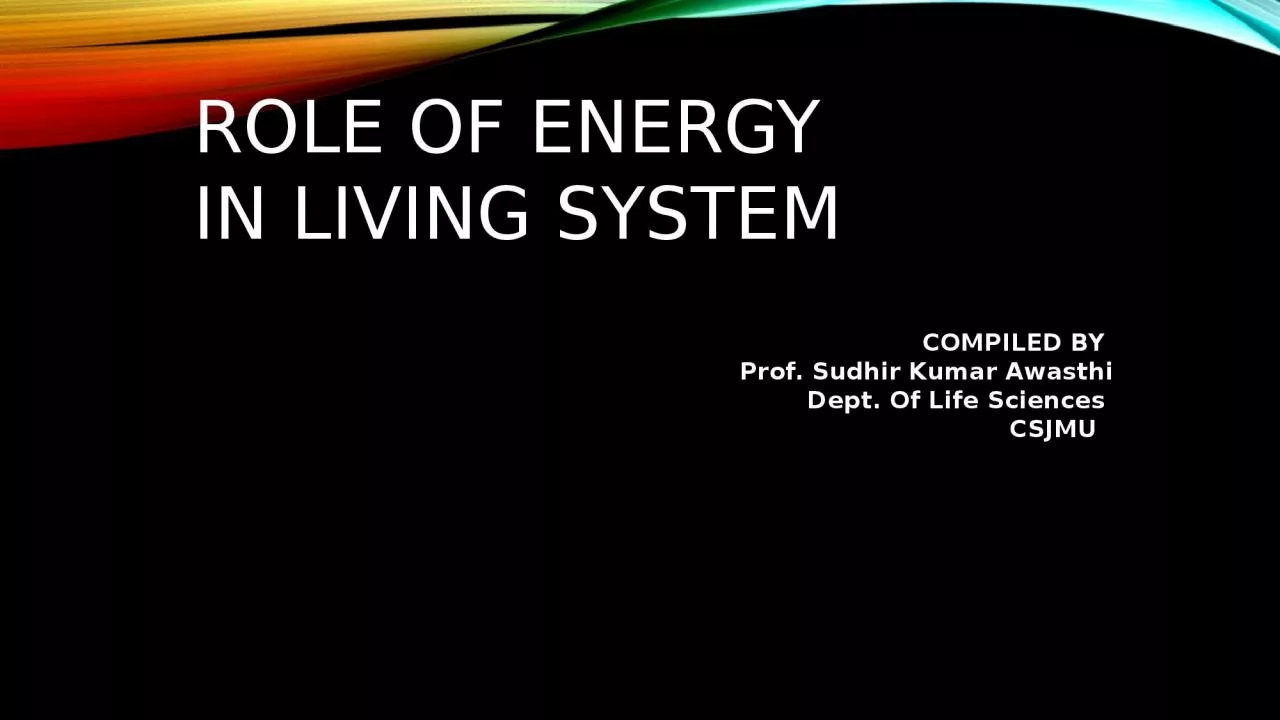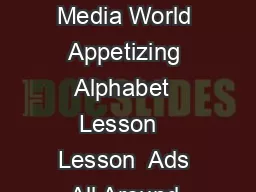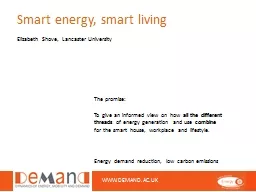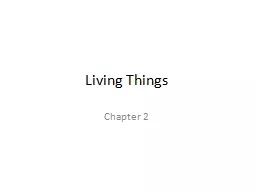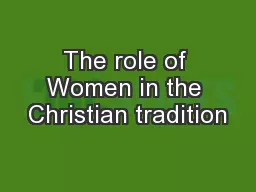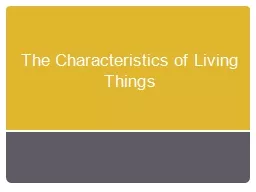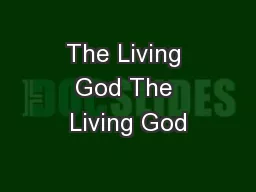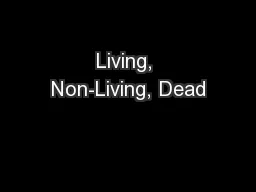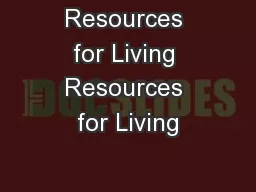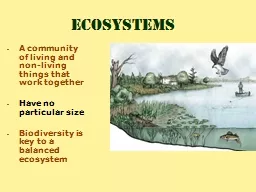PPT-ROLE OF ENERGY IN LIVING SYSTEM
Author : brooke | Published Date : 2023-10-30
COMPILED BY Prof Sudhir Kumar Awasthi Dept Of Life Sciences CSJMU Energy flow through living systems Interactions that occur between matter and energy can
Presentation Embed Code
Download Presentation
Download Presentation The PPT/PDF document "ROLE OF ENERGY IN LIVING SYSTEM" is the property of its rightful owner. Permission is granted to download and print the materials on this website for personal, non-commercial use only, and to display it on your personal computer provided you do not modify the materials and that you retain all copyright notices contained in the materials. By downloading content from our website, you accept the terms of this agreement.
ROLE OF ENERGY IN LIVING SYSTEM: Transcript
Download Rules Of Document
"ROLE OF ENERGY IN LIVING SYSTEM"The content belongs to its owner. You may download and print it for personal use, without modification, and keep all copyright notices. By downloading, you agree to these terms.
Related Documents

